What is the Spine of a Book?
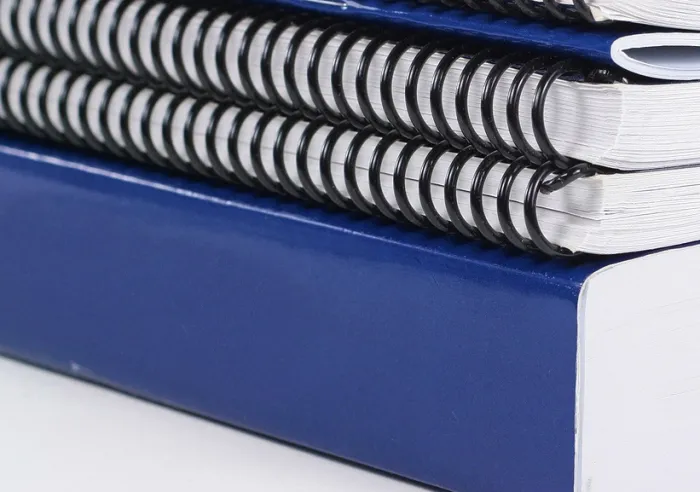
estimated reading time: 6 minutes
The Spine of a Book
Whether you are new to the world of book printing, or just
want to supplement what you already know about book construction, you might
have some questions about the Spine of a book.
So in this article, we'll take a closer look at the part of
a book we call the "spine." Plus, we'll examine how book spines can differ
depending on a book's binding style. Along the way, we'll also cover some practical
and aesthetic functions a book's spine provides.
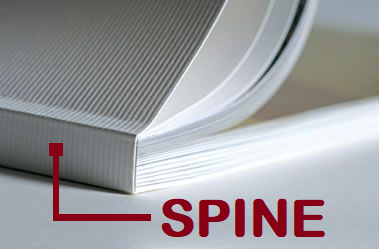
The Spine of a Book functions as its Backbone
As its name implies, the spine truly is the backbone of a
book. In fact, it is one of the most important components of a bound book. This
is because a book's spine is actually what defines it as a book. Without a spine, a
book wouldn't be a book at all. It would just be a stack of printed
sheets.
A book's spine actually serves several practical functions. For starters,
the spine of a book is the part that connects the front cover to the back
cover.
In addition to connecting the front and back covers, the
spine provides the anchor point for the book's pages. This allows the pages to remain
securely attached within the cover yet still turn freely, so the reader of the
book can easily view the printed content.
Another function the spine performs is to add overall rigidity
to the book. This not only helps the book stand upright when placed into a
bookshelf or between book ends, it also provides a stable foundation from which
the cover and pages can be opened and read. In the United States, books
are read from left to right so the spine is almost always located on the left
side of a book and faces outward when the book is displayed vertically in a bookcase or lying flat on a shelf.
Simply put, a book's spine provides the sturdiness needed to
ensure the book can withstand regular use, remain intact, and maintain its
shape over time.
The Spine of a Hardcover Book
The construction of a hardcover book begins with three
separate pieces of heavy paperboard. These three pieces form the front cover,
the spine, and the back cover. A printed one-piece wraparound outer cover is
adhered to these paperboard pieces using a robust adhesive.
As the wraparound outer cover is glued in place, slight gaps
are left between the three pieces of thick paperboard. These gaps are necessary
to provide a "hinge" on each side of the spine so that the front and back
covers can be opened and closed once the book is assembled.
Needless to say, the heavy construction of a hardcover book results
in a spine that is very firm and rigid. In addition, the spine of a hardcover
book is a flat surface that can display printed information.
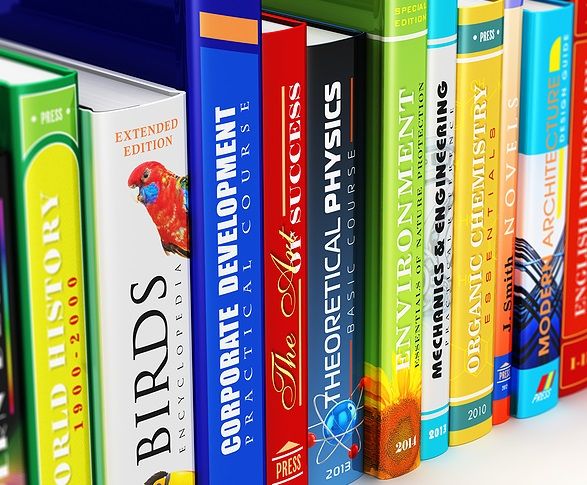
The Spine of a Perfect Bound Book
Like a hardcover book, a perfect bound softcover book also uses a one-piece wraparound cover. However, unlike a hardcover book, a perfect bound book's printed outer cover is not wrapped over dense paperboard. Instead, the cover of a perfect bound book is made from a single piece of thick cardstock.
The cardstock cover is scored so it fits tightly over the page block and is affixed to the pages with a strong and flexible glue. The book's spine is formed on the edge where
the glue secures the cover to the pages.
Because of the combined density of the page block, the thick
cover, and the binding adhesive, the spine of a perfect bound book becomes quite firm and rigid. The spine of a perfect bound book is also flat and can display printed
information.
The Spine of a Saddle-Stitched Book
A saddle-stitched book is created from printed sheets that
have been folded in half. These folded sheets are collated and nested together.
Once all the sheets are aligned at their fold lines, wire staples are driven
through all the fold lines from the exterior. After piercing the innermost sheet, the
staples are cinched closed. This secures all the sheets together but allows the
pages to freely turn.
The spine of a saddle-stitched book is formed by the
collective fold lines of the sheets. The bundling of the folded sheets and the
wire staples used to secure them makes the spinal edge somewhat firmer than the
rest of the book. This provides the stability and anchor point necessary for
the pages to open smoothly.
Because saddle-stitched books are made from folded sheets,
the resulting spine consists of a narrow folded edge. Hence, the spine of
a saddle-stitched book has no real surface available on which to print (see the box labeled "A" in the accompanying photo grid).
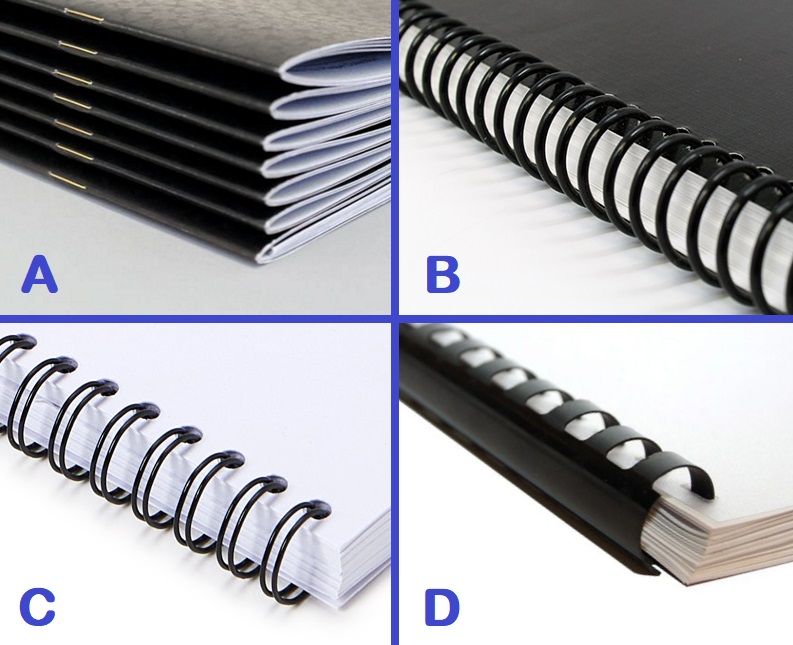
The Spines of Spiral, Wire-O, and Comb Bound Books
There are multiple punch-and-bind methods available for creating books. Spiral coil binding, wire-o binding, and plastic comb binding are popular examples.
The punch-and-bind style of bookbinding involves punching
a series of holes or slots along one edge of the cover sheets and pages used to
construct the book. Then a pre-formed
spine element is inserted through these holes or slots to secure the cover and
pages together while still allowing them to rotate freely.
Depending on the binding style, the spine element could be made of plastic or wire. Since the front and back covers are separate sheets, no part of the cover wraps over the spine area. As such, the plastic or wire element itself is what forms the spine of these punch-and-bind books (see the boxes labeled "B, C, and D" in the accompanying photo grid).
Though these punch-and-bind spine elements provide some
stability and support, they cannot be printed upon. However, the spine elements are
available in a variety of finish choices to complement the cover of the book
being bound.
If Printable, what goes on a Book Spine?
In addition to the content on a book's cover, the spine can also help to
identify a book. If a book binding method allows a printable spine, such as
hardcover binding or perfect binding, the spine will almost always display the
book's title and the name of the author.
If a publishing company was used, the name and logo of the
publishing company will also usually appear. Other snippets of information that might be
printed on a book's spine include a subtitle, series name or number, volume number, or other information
that helps to identify a particular version.
The Importance of Book Spine Design
From an aesthetic perspective, the spine contributes to the
overall visual appeal of the book. So if a book is created with the intent to
have it marketed and sold, a printed spine will play an important role in promoting the book. For example, if the book is on a display shelf in a
retail setting, the first thing (and often the only thing) a potential customer
may see is the outward facing spine.
Thus, the design and content of a book spine should be both
attractive and persuasive so that it gets noticed and encourages a purchase. Any
text printed on the spine should be legible and eye-catching, even from a
distance. Also, the font style and color should be consistent with the rest of
the book's cover design.
On a related note, the width of a book's spine is dependent
upon the page count of the book and the thickness of the paper used to create
the pages. So these variables must be known before the wraparound cover artwork
for a hardcover or perfect bound book can be finalized. If in doubt, your
printer can help you determine the spine width based on the specifications of
your particular project.
Since saddle-stitched books, spiral bound books, wire-o
bound books, and coil bound books cannot accommodate printing on the spine, the
cover layout for these binding styles will not be affected by the book's page
count or paper thickness.
Do you have an upcoming Book Project?
Color Vision has been producing affordable books and
booklets since 1984. We have digital presses to serve your short run needs as
well as offset presses for producing longer runs. We also offer an extensive
array of binding and finishing options.
If you would like to receive a quote, just submit our simple Quote
Request form. Or, if you have any questions or simply prefer to discuss your
project by phone, we can be reached at 800-543-6299. As always, we look forward to assisting with your printing, binding, and finishing needs!
Related Articles
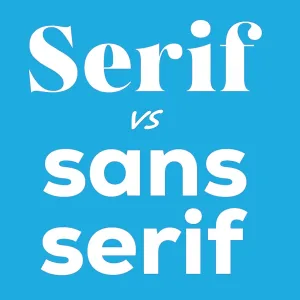
Serif vs Sans Serif Fonts: Which to use for a Print Project?
Read This Article
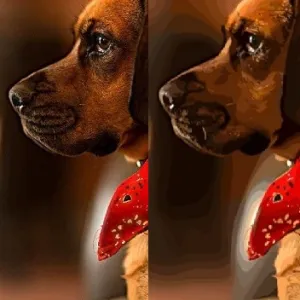
Raster vs Vector Images: The Key Differences Explained
Read This Article
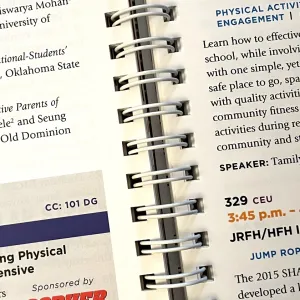
Custom Book Printing: What is Wire-O Binding?
Read This Article
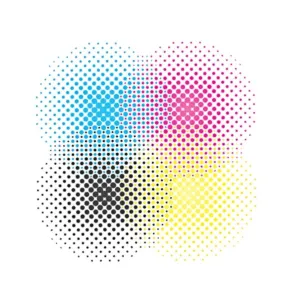
Commercial Printing: What does “Halftone” mean?
Read This Article